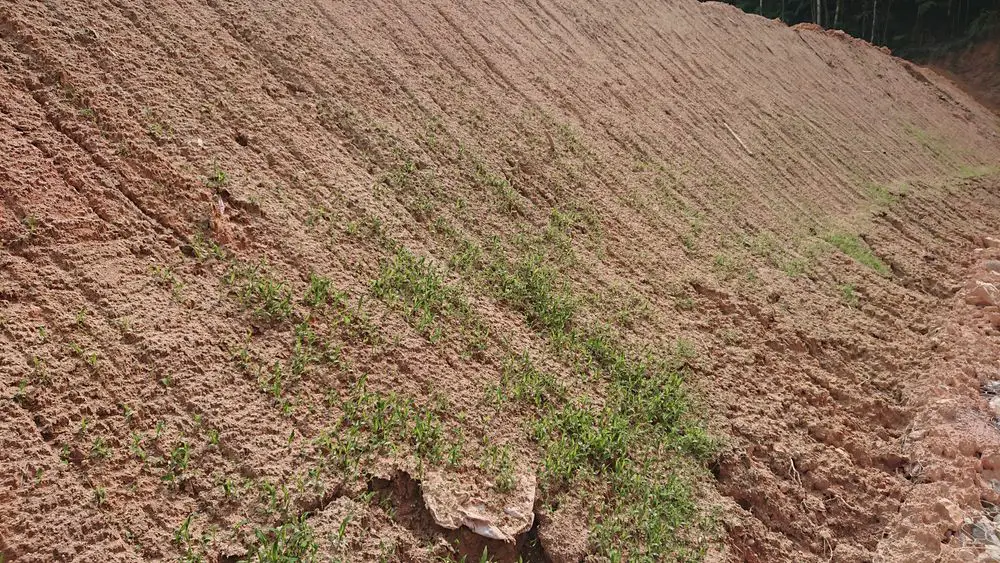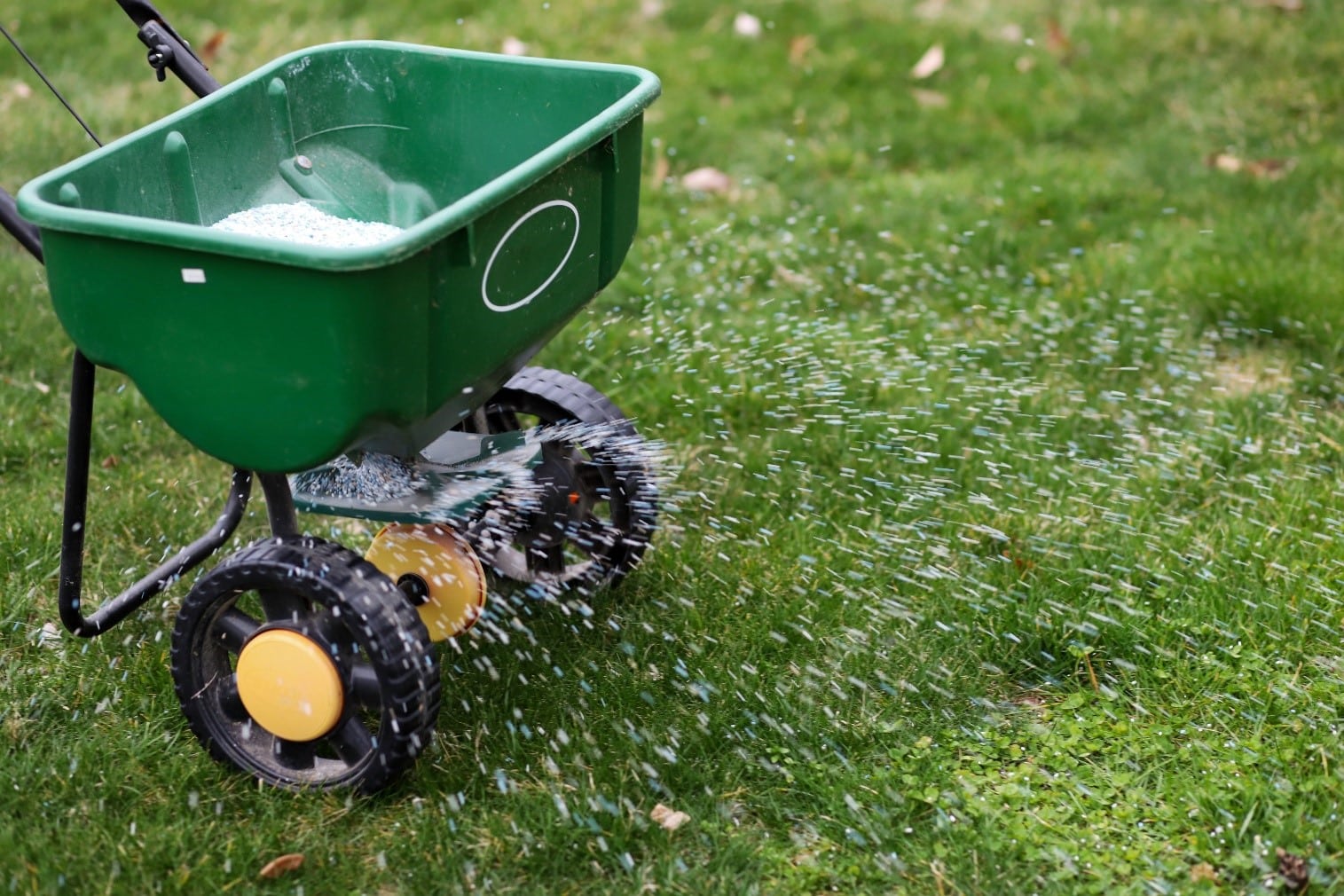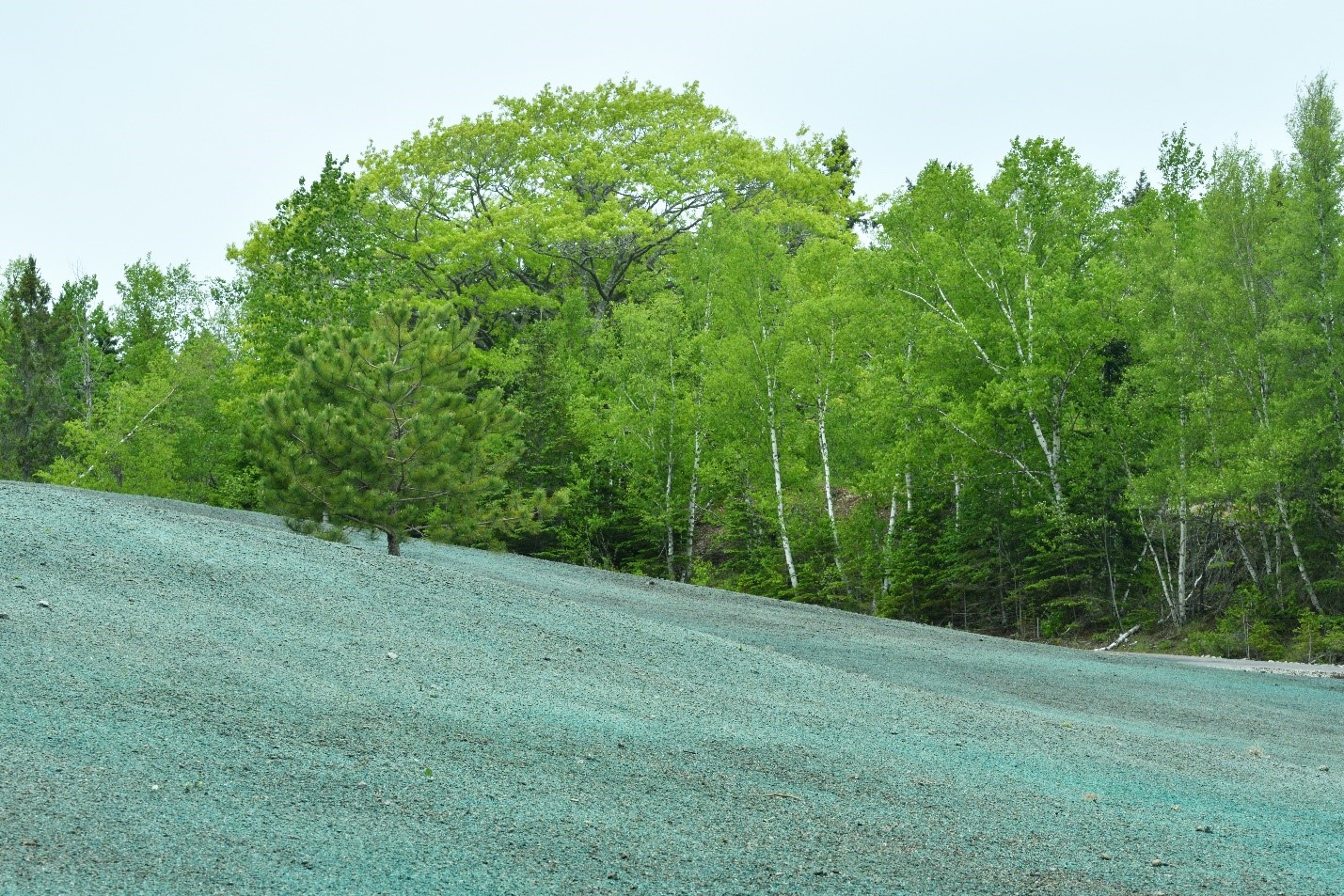If you have a large area that is difficult to seed, you can consider hydroseeding. Hydroseeding is a new approach to creating a beautiful lawn other than sod laying or dry seed application. The question now is, when to fertilize a hydroseeded lawn?
What is a Hydroseeded Lawn?
Hydroseeding is a method used to plant grass in difficult areas such as over large areas or on slopes. This planting method involves using a mixture of healthy soil, seeds, mulch, and fertilizer to grow grass. Hydroseeding involves spraying the slurry across the planting area.
Hydroseeding a lawn is fast gaining popularity among homeowners. A hydroseeded lawn is an efficient and inexpensive alternative to laying sod and scattering seeds.

When to Hydroseed your Lawn?
We recommend that you fertilize your lawn about 30 days after being hydroseeded, then again within another 30 to 40 days. You must apply fertilizer when the lawn is dry and then water thoroughly. Use a granular fertilizer.
Other benefits of hydroseeding include:
• Germination is faster than with sod and the dry seed because the mixture used in hydroseeding coats the grass in fertilizer and mulch.
• The mixture already includes fertilizer along with the rest of the ingredients; therefore, it is applied more evenly across your yard.
• Hydroseed can hold moisture and protects against erosion due to pests, rain, and wind.
• The hydroseed mixture is quick to apply.
• It is easier to plant in hard-to-reach areas.
• A hydroseeded lawn has greater resistance to disease because it is a combination of many types of turf.
• It is more attractive because you have the option to choose the seed varieties you like for your hydroseeded lawn .
.
People in the industry believe hydroseeding is the most cost-effective and efficient method to plant grass. Hydroseeding, though, is not feasible for small lawns because the time and expense of setting up the hydroseed machine are not worth it.
When to Fertilize a Hydroseeded Lawn?
You will need to give your hydroseeded lawn some special attention during the germination period. During this time, you should make sure that your lawn is always moist.
The fertilizer included in the mixture during the hydroseeding process is only to ensure the grass will grow.
When to fertilize the hydroseeded lawn the next time?

Fertilize your hydroseeded lawn after two weeks with a starter fertilizer. A starter fertilizer is a small number of fertilizer nutrients applied close to the seed. It aims to help emerging seedlings develop by supplying reachable spots near the roots with essential nutrients.
You will then need to fertilize your lawn within one month from hydroseeding with a high-nitrogen fertilizer.
Consequently, you will need to fertilize after every two months during the growing period to make sure of the grass’s continued growth and even if the grass is already well-established.
Fertilizing your new lawn too early will cause the grass to burn and die.
You will need to fertilize your lawn more for the first few years to maximize its density. Some species of grass may not require much fertilizer. Irrigation and rain will stimulate the growth of your lawn and will therefore require fertilizer.
You will know it is time to fertilize your hydroseeded lawn when the grass turns into light green color.
Your lawn will absorb more of the fertilizer as it matures and will require less fertilizing over time.
Fertilizing Hydroseeded lawn
As mentioned above, your hydroseeding mixture already includes fertilizer, so your young seedlings will immediately have the nutrients to jump-start their growth. Though, a portion of the fertilizer will leach through the soil and will not get to the young seedlings.
Here are some tips on the proper way to apply fertilizer to your hydroseeded lawn:
• Regularly apply slow-release fertilizer until you have a fully established lawn.
• Apply commercial fertilizer when the soil is moist. This is to prevent your foliage from burning.
• Always read the instructions in the bad and apply fertilizer based on the recommended rates.
• Avoid over-fertilizing.
• Use a high-nitrogen fertilizer and avoid using a fertilizer with weed control for a three-month period after hydroseeding.
• Apply fertilizer on a dry lawn. Water thoroughly after fertilizing.
• Apply fertilizer after a heavy downpour. The rain may dilute the fertilizer.
• The color of your grass dropping off is the best indicator that you need to re-apply fertilizer.
• Very sandy soil is porous soil and will require more fertilizing because nutrients will rapidly rinse off.
• Apply fertilizer with a 1:2 ratio of nitrogen and phosphorus during the fall. Add more phosphorus during the late fall to prepare the roots of your grass for dormancy in winter.
• Avoid fertilizing during winter because it is dormant anyway and will not be needing more nutrients.
• Always make sure to use a slow-release fertilizer formula of top quality.
It is also best not to use a weed killer or a fertilizer with weed killer on your young lawn.
Final Thoughts on When should I Fertilize a Hydroseeded Lawn?
Hydroseeding is one of the best methods to develop a new lawn. It is one of the quickest, most efficient, and cost-effective techniques for growing and maintaining a healthy and beautiful lawn throughout the year.
Hydroseeding requires the use of special equipment, a high-pressure hose, to apply the seeds.
The guide mentioned above on when to fertilize hydroseeded lawn should be followed to ensure your lawn will grow beautiful and lush.
Read More:
Why Is My Hydroseed Not Growing?
When should I Fertilize a Hydroseeded Lawn?
Will Grass Seed Grow If Not Covered?
How Many Square Feet are on a Pallet of Sod? +Sod Calculator

